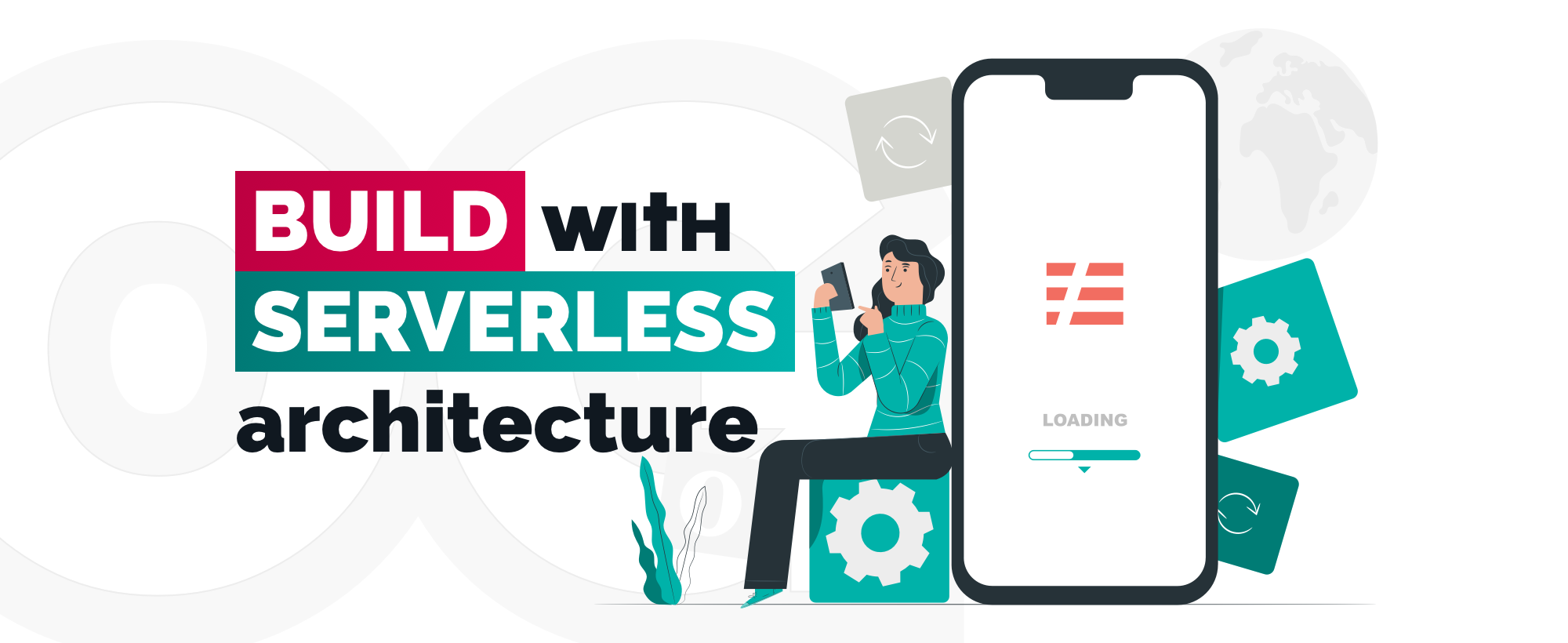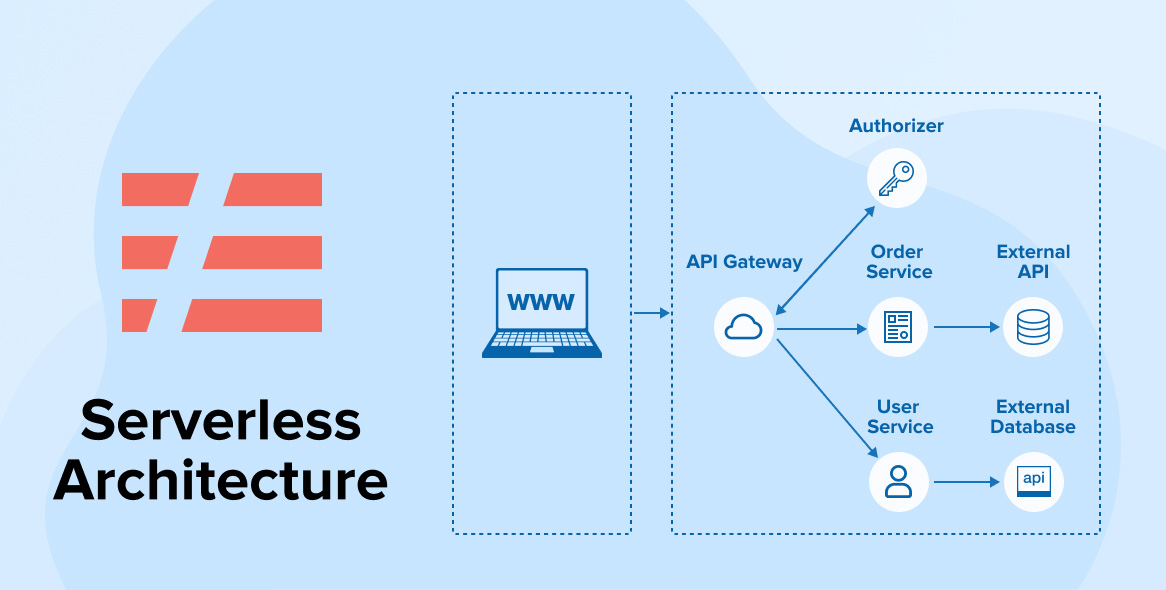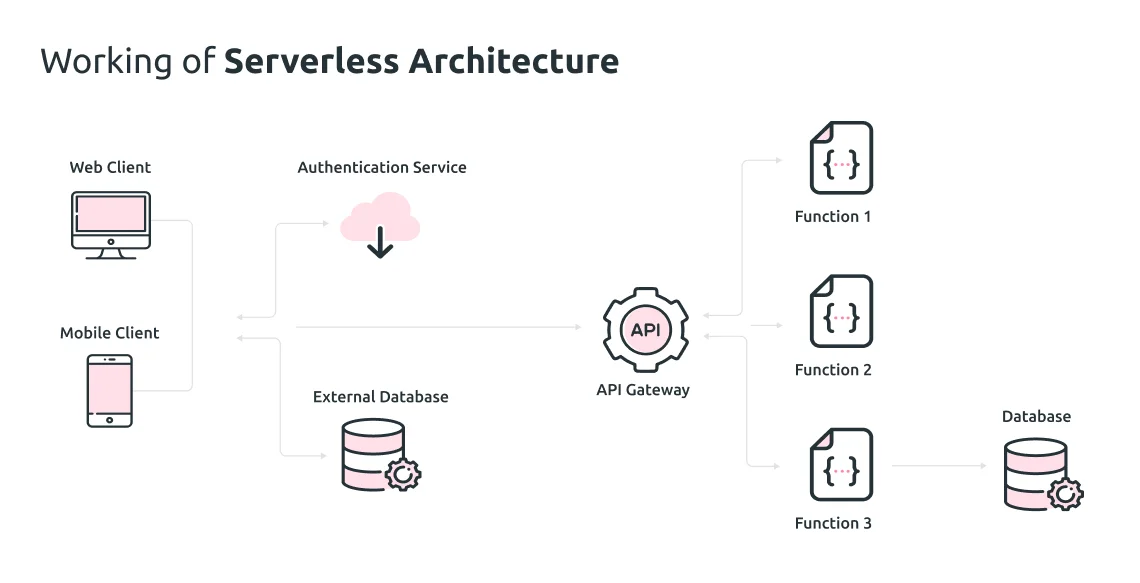Serverless Mobile Apps: The Next Big Thing in App Development
 Niotechone
NiotechoneIntroduction
The world of mobile app development has evolved dramatically over the past decade. From traditional monolithic structures to microservices, and now to serverless architecture, the shift is changing the way developers and businesses build, deploy, and scale mobile apps.
In the past, creating a mobile app required not only coding the frontend but also managing a complex backend infrastructure—servers, databases, load balancers, and more. This meant significant time, cost, and maintenance efforts.
Enter serverless computing: a revolutionary approach that allows developers to build apps without worrying about server management. It’s not that servers don’t exist—it’s just that developers don’t have to manage them.

What Are Serverless Mobile Apps?
Despite the name, serverless doesn’t mean “no servers.” Servers still power the app—but cloud providers like AWS, Google Cloud, or Azure manage them behind the scenes.
With serverless architecture, developers rely on Functions-as-a-Service (FaaS) and Backend-as-a-Service (BaaS) models. Instead of building and managing backend servers, developers write small, modular functions that run in response to events (e.g., an API request, a file upload, or a database query).
Key Characteristics of Serverless Apps:
No server management: Developers don’t provision or maintain servers.
Event-driven execution: Code runs only when triggered by events.
Auto-scaling: Serverless platforms handle scaling automatically.
Pay-per-use pricing: You pay only for the resources used, not for idle server time.
How Serverless Mobile Apps Work
Here’s a simplified workflow of a serverless mobile app:
User Action: A user acts as the app (e.g., uploading an image).
Trigger: This action triggers an event in the backend.
Function Execution: A serverless function (hosted on AWS Lambda, Google Cloud Functions, etc.) processes the event.
Service Integration: The function may interact with databases, APIs, authentication services, etc.
Response: The processed data is sent back to the mobile app.
For instance, imagine a photo editing mobile app. When a user uploads an image, a serverless function processes it (resizing, filtering) and saves it to cloud storage—all without a traditional backend server running 24/7.
Benefits of Serverless Mobile Apps
1. Cost Efficiency
No need to maintain idle servers.
Pay only for the execution time of functions.
Ideal for startups and businesses with budget constraints.
2. Faster Time-to-Market
Developers focus on writing business logic instead of configuring infrastructure.
Ready-to-use services (authentication, databases) speed up development cycles.
3. Automatic Scaling
Serverless apps scale instantly and automatically with user demand.
Whether you have 10 users or 1 million, the backend adjusts in real time.
4. Simplified Maintenance
No patching servers, handling security updates, or worrying about downtime.
Cloud providers take care of infrastructure upkeep.
5. Improved Developer Productivity
Developers spend more time on core features and innovation.
Less “ops” work, more focus on user experience.
Popular Serverless Platforms for Mobile Apps
Several platforms lead the way in enabling serverless architecture:
AWS Lambda
Pioneer in serverless computing.
Works with services like DynamoDB, API Gateway, and S3.
Google Cloud Functions
Integrates with Firebase (a popular backend for mobile apps).
Ideal for Android and cross-platform apps.
Microsoft Azure Functions
- Seamless integration with Microsoft services and enterprise apps.
Firebase (by Google)
- A BaaS (Backend-as-a-Service) platform offering real-time databases, authentication, cloud storage, and hosting.

Use Cases of Serverless Mobile Apps
1. On-Demand Apps
Ride-hailing, food delivery, and service-booking apps benefit from auto-scaling—handling peak loads without downtime.
2. E-commerce Mobile Apps
Payment processing, order tracking, and inventory updates can all be event-driven, making serverless ideal for e-commerce.
3. Media & Streaming Apps
Apps like Spotify or Netflix-style platforms rely on functions to process and deliver content without managing massive server farms.
4. Chat & Messaging Apps
Serverless handles real-time communication efficiently, scaling instantly for spikes in usage.
5. IoT-Connected Mobile Apps
Smart home apps, wearable device apps, and IoT platforms thrive on event-driven serverless functions.
Challenges of Serverless Mobile App Development
While serverless has massive advantages, there are also challenges to consider:
Cold Starts
- When a serverless function isn’t used for a while, it may take longer to respond the first time it’s triggered again.
Vendor Lock-In
- Apps built heavily on one provider’s services (e.g., AWS) may be difficult to migrate elsewhere.
Debugging & Monitoring
- Debugging distributed, event-driven systems can be more complex compared to traditional setups.
Limited Execution Time
- Some serverless platforms have execution time limits (e.g., AWS Lambda max 15 minutes).
Solution: These challenges are being mitigated by better tooling, monitoring solutions, and multi-cloud strategies.
Real-World Examples of Serverless Apps
Netflix uses serverless for tasks like encoding, backups, and monitoring.
Coca-Cola leverages AWS Lambda for its vending machine apps.
Airbnb employs serverless functions for data processing and analytics.
Slack uses serverless for handling millions of real-time events.
These examples prove that serverless isn’t just for startups—it’s enterprise-ready.
The Future of Serverless Mobile Apps
The serverless trend is growing rapidly, and here’s what we can expect:
Deeper AI/ML Integration – Developers will integrate AI models through serverless functions for chatbots, image recognition, and personalization.
Edge Computing + Serverless – Functions running closer to users (edge locations) will improve speed and latency.
Multi-Cloud Serverless Solutions – Avoiding vendor lock-in by using hybrid serverless approaches across AWS, Azure, and GCP.
Enhanced Tooling – Better debugging, monitoring, and deployment tools will make serverless even more accessible.

Why Businesses Should Care About Serverless Mobile Apps
For startups, serverless is a budget-friendly launchpad—you can build MVPs (Minimum Viable Products) faster and scale without massive upfront infrastructure costs.
For enterprises, serverless means efficiency and innovation—no more worrying about server capacity planning or maintenance.
For developers, serverless means freedom—focus on building amazing features, not configuring servers.
Conclusion
Serverless mobile apps represent the next big shift in mobile app development. By removing the burden of server management, businesses can launch faster, scale effortlessly, and reduce costs, while developers focus on creating innovative, user-centric apps.
As serverless technology matures, expect more AI-powered apps, IoT integrations, and global-scale solutions built with serverless at their core. For businesses and developers, embracing serverless now could mean staying ahead of the curve in the future of mobile app development.
FAQs
What is a serverless mobile app?
A mobile app built using serverless architecture, where backend functions run on demand without developers managing servers.Is serverless cheaper than traditional backend hosting?
Yes. You pay only for execution time, not for idle servers, making it cost-efficient.Can serverless apps scale automatically?
Absolutely. Serverless architecture scales instantly with user demand.Are there any downsides to serverless apps?
Cold starts, vendor lock-in, and debugging complexity are potential challenges, but solutions are improving.Will serverless replace traditional backend development?
It won’t replace all cases, but for most apps—especially startups and event-driven apps—it’s becoming the preferred choice.
Subscribe to my newsletter
Read articles from Niotechone directly inside your inbox. Subscribe to the newsletter, and don't miss out.
Written by

Niotechone
Niotechone
Niotechone is a top-tier web, mobile app, and custom software development company with 13+ years of expertise. Delivering over 1,000 successful projects in healthcare, fintech, eCommerce, and logistics, they specialize in scalable, secure, and user-friendly digital solutions tailored to meet complex business requirements with precision and innovation.